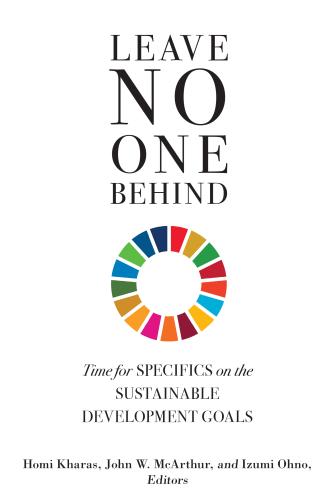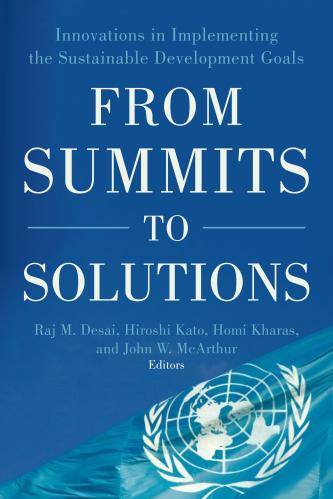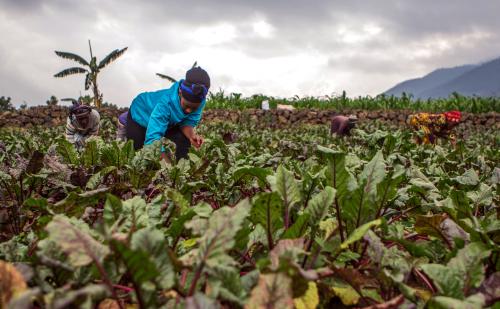“We watched our parents, grandparents, and those before them work tirelessly, they toiled in the rural farms only for a huge chunk of their fresh produce to rot away due to lack of proper cold storage units,” says Dysmus Kisilu, a founder of Solar Freeze, an agri-tech company in Kenya that provides smallholder farmers—80 percent of whom are women—with mobile cold storage units powered by solar to help reduce post-harvest losses. Farmers using the refrigerated units powered by solar are moving away from diesel-powered generators for cold storage, hence reducing the environmental impact.
Dysmus has worked with 3,000 small scale women farmers in Kenya, and helped to increase agricultural yields by more than 150 percent since 2016. Off-grid cold-store solutions can help farmers in remote areas who are not yet connected to roads and electricity to reduce waste and to sell when prices are good. Usually, during times of harvest prices fall and recover later in the season. Cutting waste and getting better prices lead to higher productivity and income.
Each year, 1.6 billion tons of food worth more than $1 trillion are lost or go to waste—one-third of the total amount of food produced globally according to figures from the U.N.’s Food and Agriculture Organization (FAO). To put the figure in perspective, that is 10 times the mass of the island of Manhattan. In sub-Saharan Africa, FAO estimates that 30-40 percent of total production is lost before it reaches the market, due to problems ranging from spillage to lack of proper post-harvest storage, processing or transportation facilities. The waste negates much of the food and nutrition security benefits of investments to increase productivity. On the plus side, widespread adoption of mechanization, postharvest technologies such as cold storage, and other infrastructure investments have reduced downstream postharvest losses to about 10 percent.
One-third of food in the tropics is wasted
It is estimated that less than 10 percent of all perishable foods is currently being refrigerated, despite the fact that post-harvest losses add up to 30 percent of food production worldwide. The cold chain innovations around decentralized renewable energy (DRE) are paramount in Africa and Asia given that access and connection to electricity in rural areas, where food is produced, is still a luxury.
In Kenya, an estimated 40 to 50 percent of food is lost or wasted throughout the entire food chain as it goes from farm to fork—twice the global average. In 2017, $1.5 billion worth of food went to waste—tossed out or left to rot—according to the National Bureau of Statistics (KNBS), resulting in lost earnings for farmers and others. In Nigeria, 45 percent of postharvest output spoils due to the unavailability of cold storage, resulting in a 25 percent loss of income for the country’s 93 million small farmers. Cold stores reduce waste, and also help to improve the negotiation power of smallholders in the market. Twiga Foods in Nairobi offers, for example, a smallholder trading platform where smallholders can directly offer their fresh produce without middlemen and consequently take home more.
According to a Central Institute of Post-Harvest Engineering and Technology May 2019 Policy Brief, India’s Ministry of Food Processing Industries (MFPI) estimated losses of 23 million tons of grains, 12 million tons of fruits and 21 million tons of vegetables for a total approximate value of about $4.4 billion while total value of food loss and waste generated was $10.6 billion. Speaking to Financial Express Online, Pushpendra Singh, President, Kisan Shakti Sangh noted that, “lack of cold chain and proper storage facility, exports, transportation, adequate processing facilities, and marketing are fields where the government has failed to deliver, leading to wastage of food.”
Off-grid solar to the rescue
A transition to off-grid, solar-powered cold storage systems can reduce food waste and make more food available for subsistence and sales, ensuring food security and economic development while minimizing the adverse effects of conventional, fossil fuel-based agricultural value chains.
In India, in an attempt to cut wastage of agricultural produce and augment income for farmers, IIT Madras-incubated startup Tan90 has developed a portable solar-powered cold storage device to preserve farm produce. Innovations like these are helping farmers to increase their incomes from farm produce. “Since India is blessed with perennial solar energy, developing cold storage with thermal energy storage as a backup can help meet this (cold storage) shortage using abundantly available renewable energy that is best suited for rural/ decentralized deployment. This is a solution for small farmers with the use of thermal energy storage/ thermal battery instead of an electrical battery,” says Satyanarayanan Seshadri, lead researcher and assistant professor at the Department of Applied Mechanics in the Indian Institute of Technology at Madras.
By integrating decentralized renewable energy solutions to cold chain to support the development of a self-sustainable model of Green Cold Chain, enterprises like Solar Freeze, Ecozen, Inspira Farms, and Tan90 offer farmers practical and affordable solutions. If the United Nations goal of cutting food waste per capita by half by 2030 is to be achieved, these ideas have to be implemented.
On October 16, developing countries will mark this year’s World Food Day. As they continue to invest in nutrition and set in place policies to provide for healthier, affordable, and sustainable diets, big interventions are needed to help farmers reduce post-harvest losses. This will increase farmer’s incomes, cut emissions, and—most importantly—eliminate hunger by 2030.
The Brookings Institution is committed to quality, independence, and impact.
We are supported by a diverse array of funders. In line with our values and policies, each Brookings publication represents the sole views of its author(s).









Commentary
How off-grid cold storage systems can help farmers reduce post-harvest losses
October 16, 2019